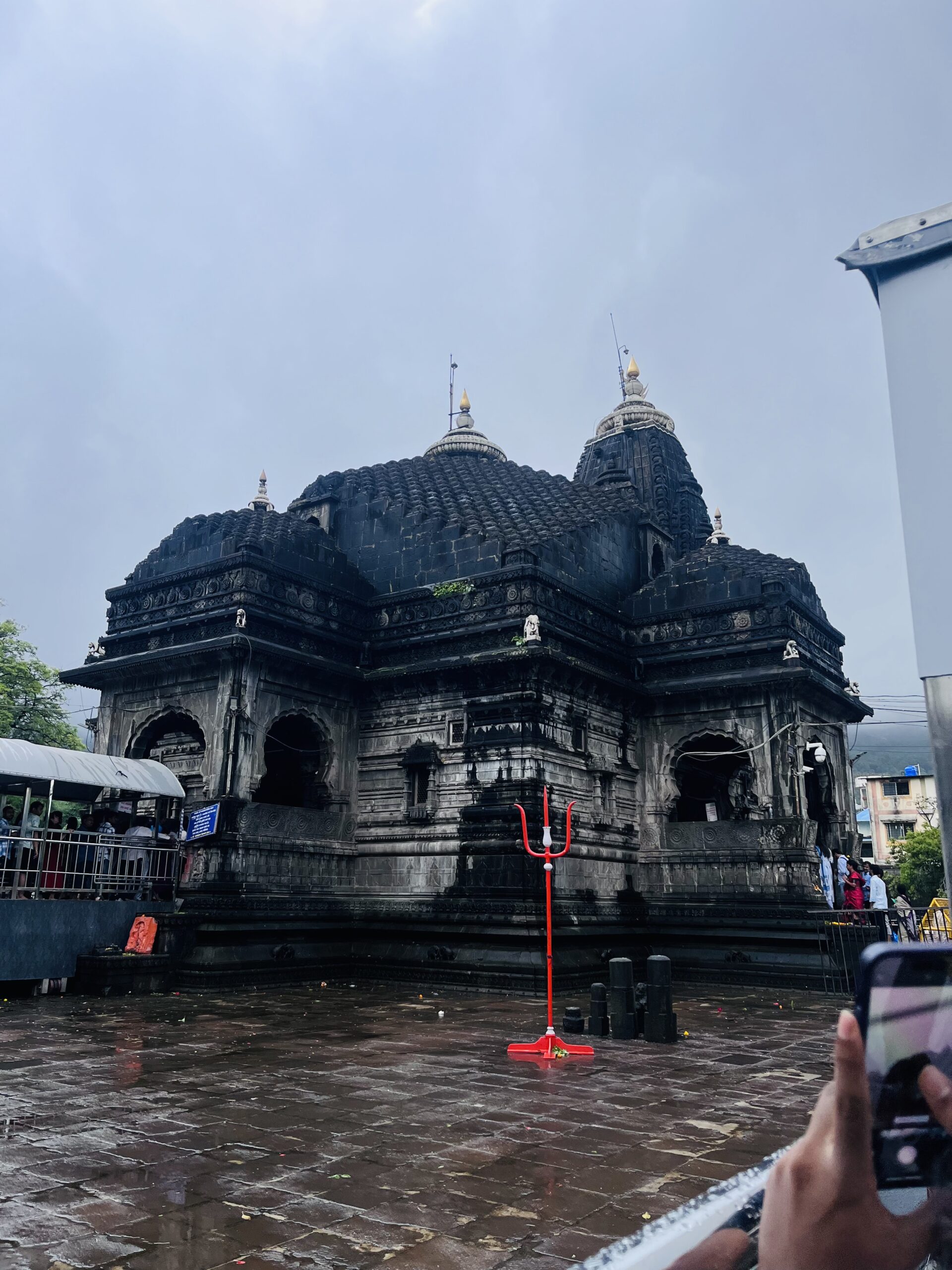The Grishneshwar Temple, located near Ellora in Aurangabad, Maharashtra, is one of the twelve Jyotirlingas of Lord Shiva, making it one of the most sacred pilgrimage sites for devotees of Shaivism. It is also the last of the Jyotirlingas, and its ancient heritage and religious significance make it an important cultural landmark in India.
Mythological Significance:
The temple is linked to several legends and stories from ancient scriptures:
- Legend of Kusuma: According to one of the popular legends, a devout woman named Kusuma used to worship Lord Shiva every day by immersing a Shiva lingam in a water tank as part of her ritual. Her husband’s other wives were jealous of her devotion and killed her son. Despite the tragedy, Kusuma continued her prayers and, moved by her devotion, Lord Shiva revived her son. It is believed that Lord Shiva manifested himself in the form of a Jyotirlinga at Grishneshwar as a result of Kusuma’s unwavering devotion.
- Connection to Ellora Caves: The Ellora Caves, a UNESCO World Heritage Site, are located just a short distance from the Grishneshwar Temple. The temple’s proximity to these ancient rock-cut caves adds to its historical and spiritual significance, as the region is a center of Hindu, Jain, and Buddhist traditions.
- Name Origin: The name Grishneshwar comes from “Grishna,” meaning heat or passion, symbolizing the passionate devotion of Shiva’s followers. In some texts, it is also referred to as Ghushmeshwar.
Historical Significance:
The current structure of the Grishneshwar Temple was reconstructed during the Mughal period by Queen Ahilyabai Holkar, the Maratha ruler famous for rebuilding many of India’s prominent temples, including the Kashi Vishwanath Temple in Varanasi. The temple had been destroyed several times throughout history, and it was Ahilyabai Holkar’s patronage that ensured its revival.
Architectural Features:
- Style: The temple is built in the Māru-Gurjara architectural style, commonly known as Solanki style, with its intricate carvings, sculptures, and aesthetic form typical of temples from this era.
- Structure: The Grishneshwar Temple is relatively modest in size compared to other Jyotirlinga temples, but its beauty lies in the intricately carved pillars, sculptures, and ornamented walls. The temple has a five-tier shikhara (tower), and the outer walls are adorned with numerous statues of gods and goddesses.
- Sanctum Sanctorum: The main Shiva lingam is housed in the sanctum sanctorum, and devotees are allowed to touch and perform abhishekam (ritual bathing) on the lingam, a rare practice that adds to the temple’s significance.
Festivals and Worship:
- Maha Shivaratri is one of the most significant festivals celebrated at the Grishneshwar Temple. Thousands of devotees from all over India visit the temple to offer prayers, perform special rituals, and seek blessings from Lord Shiva on this auspicious day.
- The temple is open for worship throughout the year, and it follows traditional Vedic rituals of Shiva worship. Devotees believe that visiting the Grishneshwar Jyotirlinga can absolve them of their sins and help them attain moksha (salvation).
Location and Proximity to Ellora:
- The Grishneshwar Temple is situated about 30 km from Aurangabad and very close to the famous Ellora Caves, which house ancient Hindu, Jain, and Buddhist rock-cut temples and monasteries. Visitors often combine a visit to the temple with a trip to the Ellora Caves, making it a spiritually and culturally rich experience.
Conclusion:
The Grishneshwar Temple stands as a testament to India’s rich religious and cultural heritage. As the final Jyotirlinga, it holds special significance for devotees of Lord Shiva. Its proximity to the Ellora Caves, its storied past, and its beautiful architecture make it an important destination for pilgrims and travelers alike.













